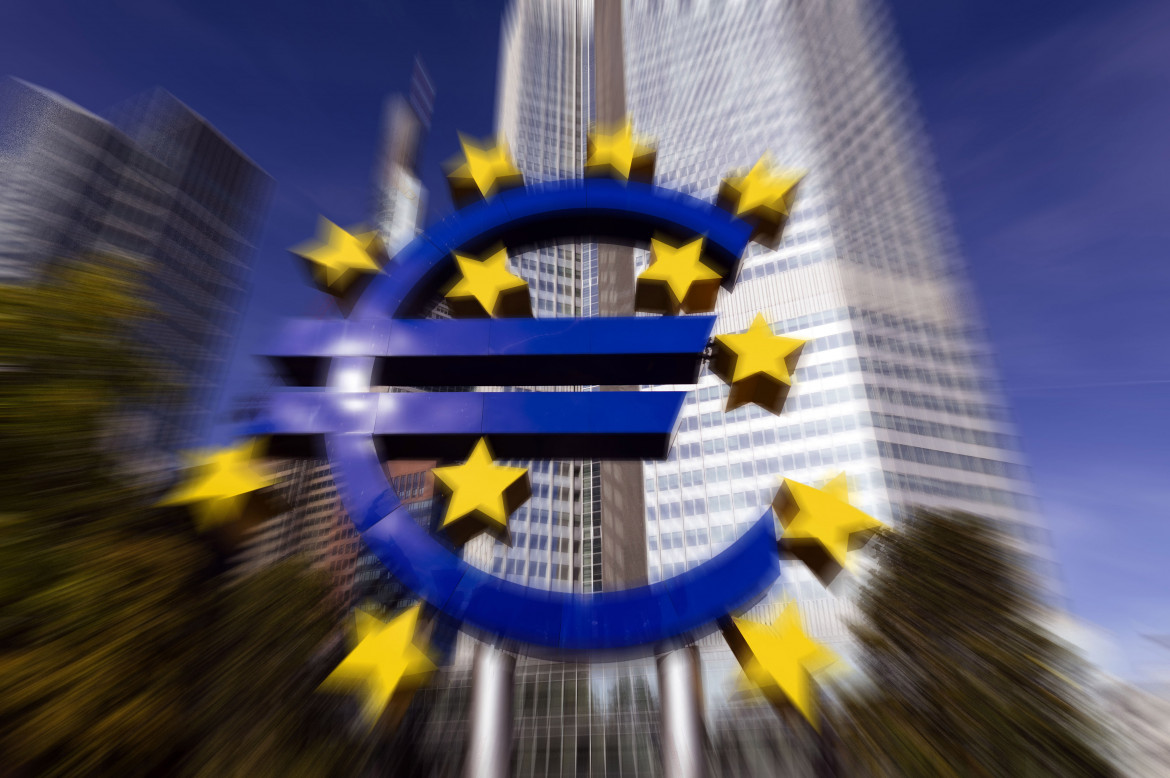Commentary
The ESM calls into question the EU’s architecture, but Meloni doesn’t get it
The European Stability Mechanism Fund amounts to a kind of constitutional enshrining of the supremacy of finance over politics, governments and democracy.

There’s no doubt that for Meloni, the issue of the ESM is an opportunity to score points to demonstrate her allegiance to the precepts of her fanciful sovereignism (reduced in reality to a simulacrum, as the subservience to the U.S. over the war in Ukraine shows) – perhaps even a weapon of blackmail in the various tugs-of-war going on in Europe (the NRRP, the Stability Pact). It’s no surprise that her refusal to ratify its latest version is not accompanied, as it should have been, by a fundamental, public and courageous critique of the mechanisms that oversee the functioning of the monetary union.
Europe is the only place in the world where one central bank operates for 20 different countries, with their different political and economic characteristics, with different – and sometimes conflicting – economic and trade interests at a domestic and international level. They are not all growing equally or exporting equally; some have stratospheric levels of debt and some do not; and right now, inflation is also a major dividing point between them.
Within this framework, the central bank is supposed to oversee interest rates, price stability (at least aspirationally) and the soundness of the banking system. At most, when the situation is exceptional (e.g. the last global financial crisis or the pandemic), it tries its hand at what are referred to in the jargon as “unconventional monetary policies,” consisting mostly of injecting more liquidity into the system (the banking sector).
The golden rule, in short, is to steer clear of states and governments. There is an absolute ban on directly buying the government bonds of member countries, or granting them “overdrafts” or “credit facilities.” In Europe, it is heresy to speak of the monetization of government deficits (when the state covers its budget deficit by selling its bonds to the central bank, which in turn creates new money to buy them), or of the cancellation of debts held by the ECB (the bonds purchased by national banks under quantitative easing).
Instead, the market decides the fate of the states. If for any reason a member country were to have difficulty financing itself through the sale of its government bonds, the central bank would simply throw up its arms. This is why the ESM Fund was established, also known as the “Save States Fund,” a financial organization on the model of the IMF, which has the same kind of relationship to the states as a commercial bank has to a private company or an individual citizen. It delivers money, covered by precise guarantees, under certain conditions. These latter conditions are called “macroeconomic adjustment programs,” but this is a euphemistic way of talking about cuts in social spending and unbridled privatization/liberalization policies. Greece, Spain, Portugal, Cyprus, Ireland are intimately familiar with how this works: budgets replenished, societies devastated.
It is the principle itself that is wrong. As much as the independence of the national central bank is officially proclaimed in every country in the world, there are no countries in the world with any degree of development where the central bank is absolutely impervious to political decisions. The Fed is “independent,” but it also answers to Congress, and is subject to the de facto influence of the President of the United States.
What is most important, nonetheless, is that the Fed serves as a lender of last resort for the U.S. government. In case of need, it is able to finance the government directly, and without conditions – just like the Bank of England and Bank of Japan, or the People’s Bank of China. If Russia, with all the sanctions imposed on it by the West, had been in the same condition as the European countries saddled with the ECB, it would have already gone bankrupt. The problem, then, is a structural one, and calls into question the architecture of the Union – of which the ESM has become another “pillar” with the reform of Article 136 of the Treaty on the Functioning of the EU (TFEU).
This amounts to a kind of constitutional enshrining of the supremacy of finance over politics, governments and democracy.
But in Italy, the debate doesn’t seem to rise to the level of understanding the problem. As on other issues, the logic of internal partisanship prevails: we see the usual ideological conformism towards decisions taken by European institutions, very often counterbalanced by unconstructive and superficial dissent. When Giorgia Meloni claims that “it doesn’t make sense to ratify the ESM reform if we don’t know what the new Stability and Growth Pact will provide,” she shows her cluelessness. The problem lies in Frankfurt, rather than in Brussels.
Originally published at https://ilmanifesto.it/perche-la-questione-mes-chiama-in-causa-la-natura-delleuropa on 2023-06-23
